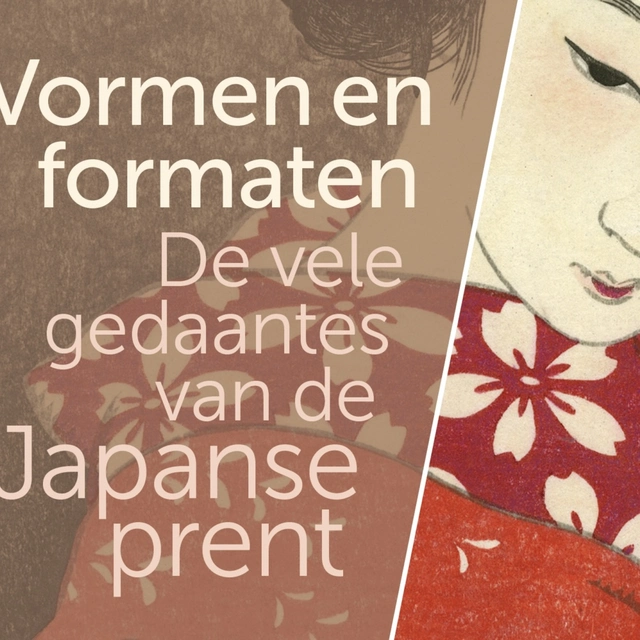Woodblock prints
The diversity of products made in Japan with the world-famous woodblock printing technique is immense. For centuries this technique has been used to print images and texts on paper. The woodblock printing technique has existed since the 8th century, yet it was not until the 17th century that commercial publishing flourished. This technique first focused on books, but around 1680 standalone prints also appeared. Initially these prints had erotic themes, some of which are also on display in this exhibition. Images of actors from the kabuki theatre and women from the entertainment districts were soon added. Eventually themes of landscapes, heroes, folklore and flora and fauna were included.
Japanese paper Not only are the woodbocks and the quality thereof important in creating a print, an equally determining factor in the shapes and sizes of a Japanese print is the paper on which it is printed. Printmakers implemented innovative methods to make use of the properties and dimensions of the paper and create strikingly vivid compositions. For example, there are long, narrow prints that allow the viewer a fleeting look at an exciting scene, there are spectacular battle scenes with warriors that cover no less than six large sheets and there are upright formats that zoom in to such as degree that the image seems to escape from the paper. All these forms and formats are revealed in this versatile exhibition and shed new light on Japanese printmaking.
Don’t miss this exhibition. Fall under the spell of the fascinating world of Japanese printmaking this winter!

 Leiden, The Netherlands
Leiden, The Netherlands